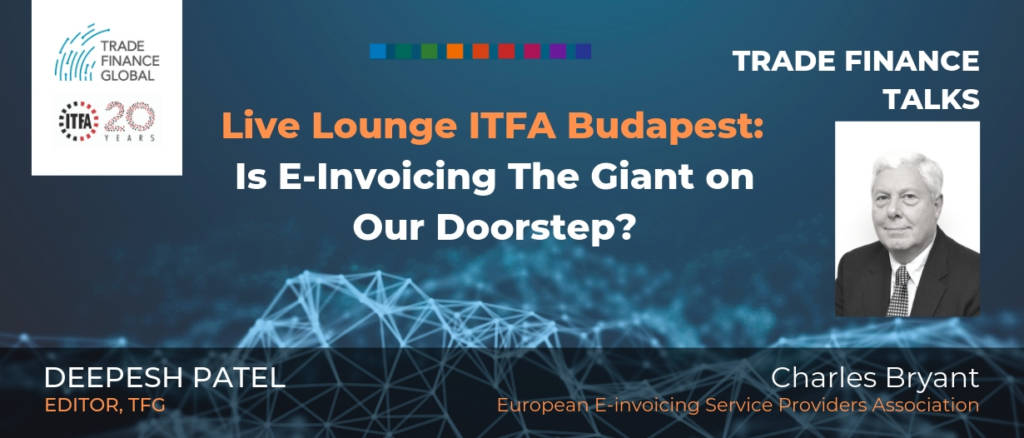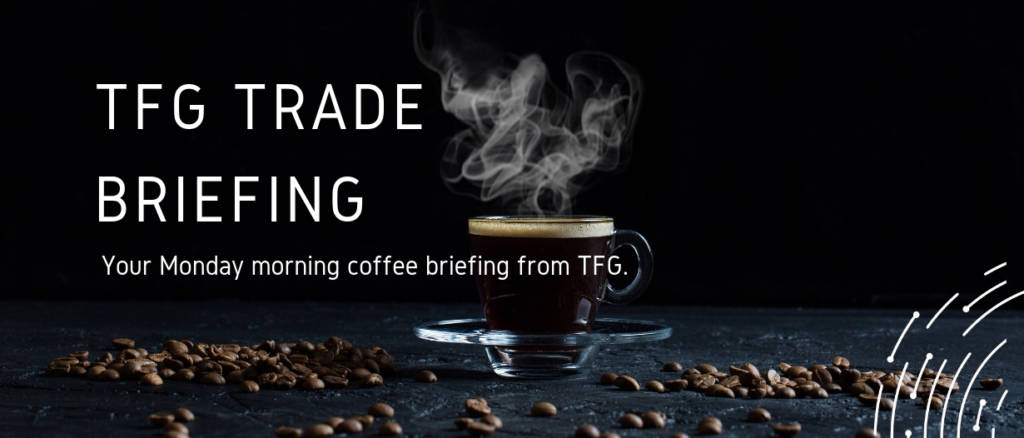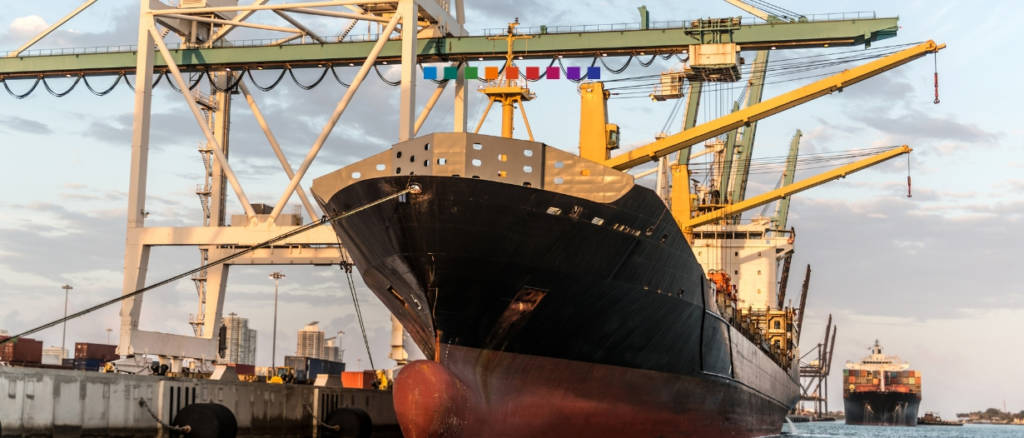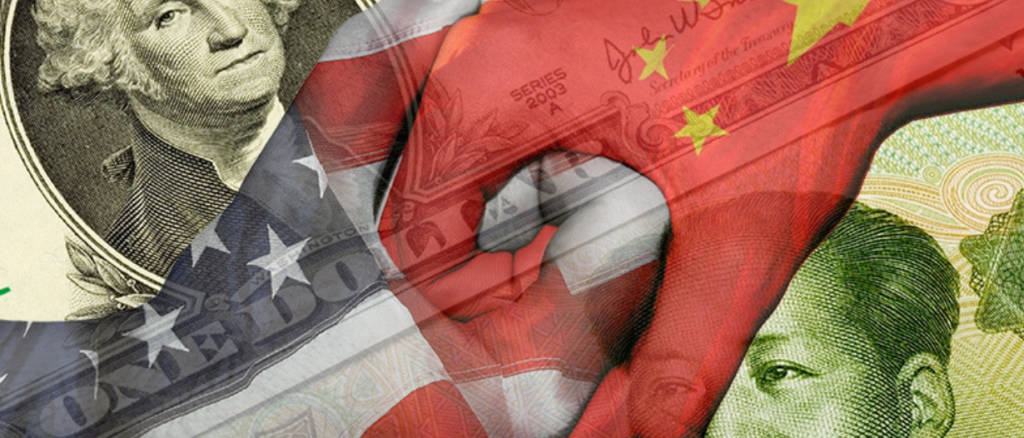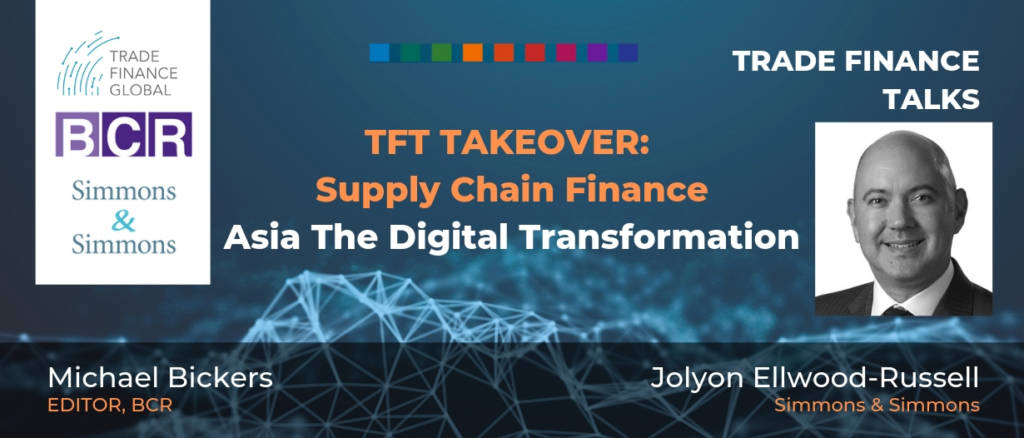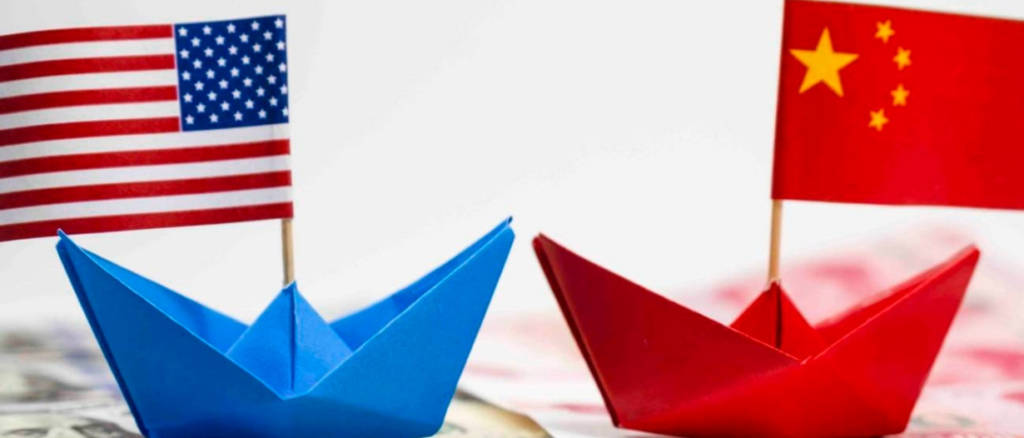The next generation of technology-led financial services innovators are disrupting the industry in a big way, and TFG’s Deepesh Patel caught up with Natalie Ceeney CBE, Chair of Innovate Finance, at WCBI.
It is clear that NGOs play a major role in providing humanitarian aid. However, there are several NGOs that are responsible for facilitating national and international trade as well. Organizations like Care International, use trade as a tool to empower women by improving their financial literacy.
Today TFG record live from the ITFA Annual Meeting in Budapest. The conference covered developments within areas of supply chain finance, credit risk insurance and ever more creative risk distribution techniques, as well as the rise of fintech within the trade and open account environment.
Your Monday morning coffee briefing from TFG. Here are some of the last week’s updates from the trade sector. 9th September 2019.
Your Monday morning coffee briefing from TFG. Here are some of the last week’s updates from the trade sector. 2nd September 2019.
The volume of space dedicated to ‘trade wars’ in the past few months is vast. But this does not guarantee the subject has been properly examined and analysed. I would like to suggest another perspective, questioning some common assumptions.
A trade war is unlikely to turn into a currency war, and the yuan’s exchange rate against the dollar should stabilize and be slightly lower than it was before the trade war. However, this situation is not what the United States wants to see, and how it will develop still needs to be observed to further respond to the depreciation of the RMB.
Change is not just coming; change is here today, now. The impact of using electronic trade documents instead of hard copies of bills of lading, invoices, packing lists, and certificates to settle trade transactions via the Internet will be as profound to global trade finance as the containerization of cargo was to logistics.
It’s TFG’s first ever Podcast Takeover, and we welcomed Michael Bickers, Editorial Director of BCR Publishing, who Trade Finance Global have partnered with for the BCR Supply Chain Finance Summit APAC on the 15th and 16th of October in Singapore.
Donald Trump provoked trade disputes between the US’s trading partners all around the world. Most dramatically, Trump has imposed waves of tariffs against China on nearly half of the Chinese exports to the US.

















